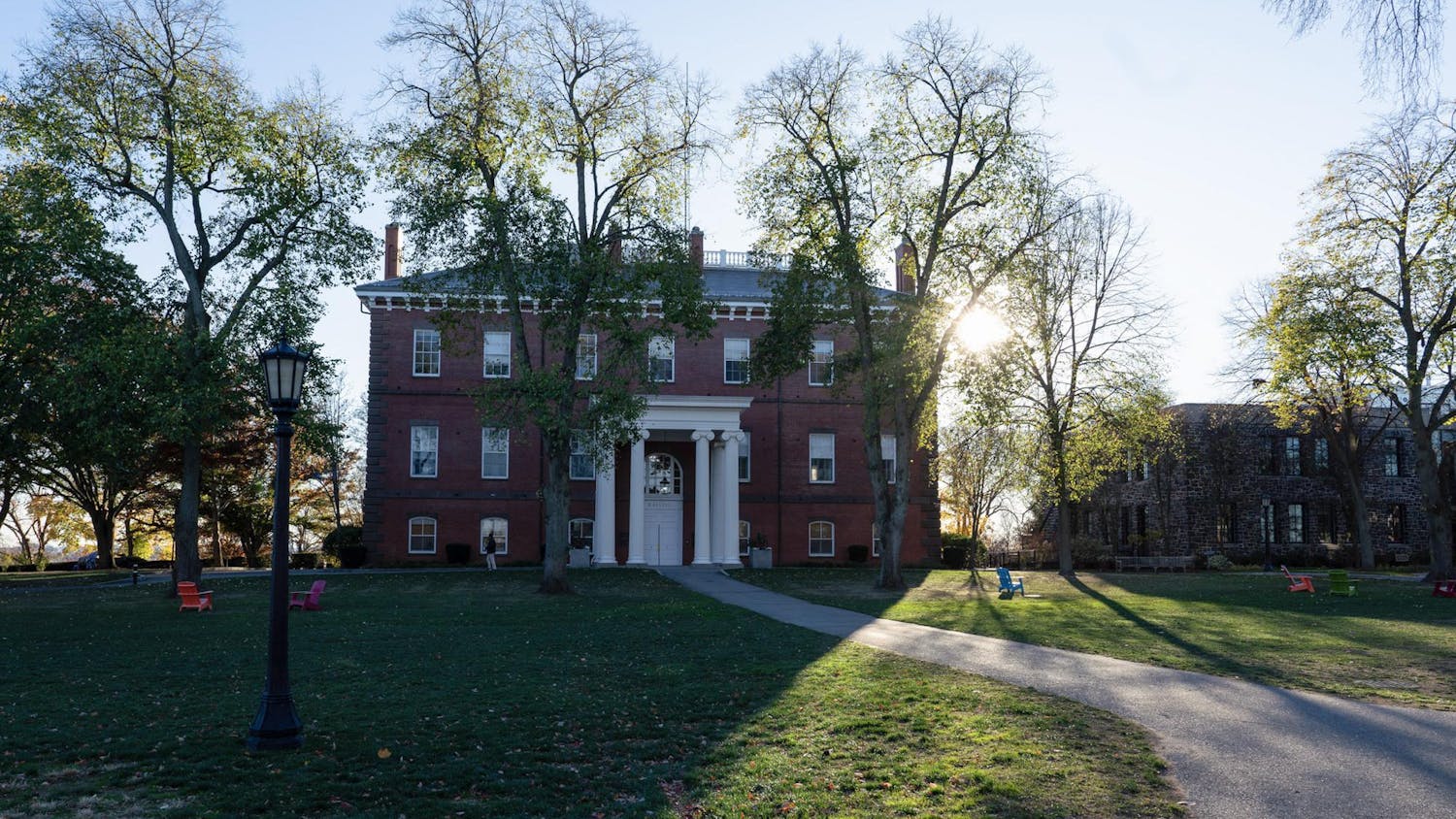Tufts accepted students from the first pool of Early Decision (ED) applicants last month, marking the fifth time in the last six years that the university has broken or tied the record for the number of first-year applications received.
According to Dean of Undergraduate Admissions Lee Coffin, a record 20,160 students applied for admission to the Class of 2020—the first time Tufts has received over 20,000 applications–2,070 of which applied ED. This marks a 12 percent increase from last year's ED application pool and a 70 percent increase from 2010’s. Coffin said he expects 50 percent of the class of 2020 to be made up of ED applicants.
According to Coffin, the increase in applications was spurred by a burst in overseas applications, including an 18 percent increase in applications from China. The admissions period also saw a 10 percent increase in applications from California, making the state the second most-represented state in the applications pool, after Massachusetts.
Coffin also projected that the overall acceptance rate for the class of 2020 will be below last year’s 16 percent acceptance rate, marking the sixth year in a row that acceptance rates have decreased, making Tufts a more selective institution than ever before.
However, Coffin said Tufts’ growing popularity and selectivity will not alter the university's unique undergraduate admissions process, which is based partially on the ideas of psychologist and former Dean of Arts and Sciences at Tufts, Robert Sternberg. Sternberg advocated for an appraisal of the “whole student” by weighing “creativity and other non-academic factors” with equal importance to more traditional factors such as test scores and GPA, according to a 2007 interview with InsideHigherEd.com.
“As the applicant [pool] grows and our selectivity increases, we will not compromise the holistic evaluation standards that define our admissions process,” Coffin wrote in an email to the Daily. “We are committed to maintaining and enhancing the personal characteristics that define Tufts’ student body, even as the acceptance rate tightens.”
Josiah Vasquez, a senior at Amherst High School who was accepted to Tufts ED through QuestBridge, said he applied early because of Tufts’ values.
“I valued the mission to create active leaders in the world and was enamored by the idea that I could be spending my four years post-high school establishing a prominent sense of self,” he said. “Getting in was a surreal experience.”
Coffin also said the admissions team will be mindful of relevant campus issues from the past year throughout the admissions process, including how concerns over therecent housing shortagemay affect the admissions process. While the target enrollment of 1,325 students for the class of 2020 is the same as last year’s target, Coffin explained that the admissions team is cognizant of its role in alleviating the housing shortage.
“The issue a year ago was an increased yield during Regular Decision that created an unexpectedly larger class, so we’ll adjust the acceptance rate to factor that possibility into the forecast,” he said.
Coffin also said the admissions team will also be mindful of campus politics with respect to diversity during this year's admissions process. He said that the team is "quite focused" on meeting this specific demand “to enroll more black students in the next freshman class.”
This mission comes following a demonstrative march to Porter Square in November, when student groups wrote up a list of demands for bolstering diversity and minority representation at Tufts. One of these goals was targeted directly at admissions: to increase the percentage of black undergraduates at Tufts to 13 percent, almost a 10 percent increase from the school’s current African-American population.
“Expanded diversity is always a critical goal of the admissions process each year,” he wrote to the Daily. Demographical statistics for applicants and accepted students in the ED pool are not yet available.
Vasquez, who is involved in the Black Lives Matter chapter at Amherst Regional High School, said that while he has yet to experience for himself what Tufts’ environment is like for minorities, he applied to Tufts in part because of its reputation for inclusion and diversity.
“I wanted to go to a school where people of color were and are represented and had a voice in what is going on in these primarily and historically white institutions,” he said. “For me, Tufts…displayed a willingness not only to accept students of color, but to have them as active members in the school, making changes and ultimately being heard.”






